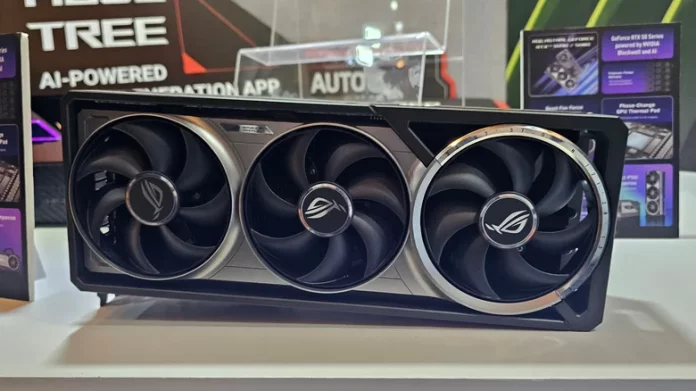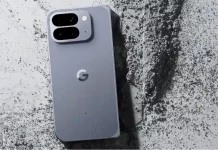Even as you can push aging graphics cards a little further, sometimes upgrading is the smarter move. Nvidia’s latest GPU lineup has rendered many older cards obsolete, especially those from the discontinued GTX series. But that doesn’t mean your old card needs to gather dust in a drawer. While selling it might seem like the obvious choice, getting decent resale value—and dealing with buyers—can be frustrating. In many cases, repurposing your GPU is a more rewarding option.
If you’re wondering how to give your old GPU a second life, there are plenty of creative uses. From building a second PC to upgrading a media server, your retired card can still serve a useful role. Here are several ways to make the most of it.
Trade It In at Micro Center
Selling your GPU can help offset upgrade costs, but the process isn’t always worth the hassle. Online marketplaces like eBay expose you to constant questions about performance and reliability, plus the shipping risks of an expensive component. If you’d prefer less trouble, Micro Center’s GPU trade-in program is a simpler alternative.
There’s a catch: only GPUs originally purchased from Micro Center qualify, and you’ll receive in-store credit rather than cash. Still, the trade-in process is straightforward. Visit the program’s website, search for your GPU through your order history or by entering its serial number, and schedule a consultation. After bringing in your GPU, you’ll receive store credit you can use toward a new graphics card or other components. For PC enthusiasts who frequently upgrade, this can be a convenient way to stay current without the resale headaches.
Build a Second PC
If you’ve been upgrading parts for years, chances are you already have enough spare hardware to assemble a second computer. Since the GPU is usually the priciest component, reusing your old one makes this idea especially practical.
A second PC can serve multiple roles. Set it up as a budget gaming rig in your living room or guest space for multiplayer gaming sessions, or loan it to friends. Even older GPUs can perform on par with last-gen consoles. Alternatively, streamers and creators can use a second PC for tasks like gameplay capture or video editing—keeping the main system focused on gaming or production workloads.
Build a Test Bench
A test bench is a great tool for tinkerers and PC enthusiasts. It’s essentially an open setup that allows you to easily swap and test hardware components. You can repurpose an old case or buy a dedicated bench frame, some even with convenient handles for portability.
Owning a test bench is especially useful if you repair PCs, review hardware, or frequently troubleshoot your own system. It lets you isolate problems quickly—like testing a PSU or a new GPU—without dismantling your main rig. Your spare graphics card might not see daily use here, but it’ll be ready whenever new parts or repairs need testing.
Turn It Into an eGPU
If you own a laptop but miss desktop-level graphics power, your old GPU can serve as an external GPU (eGPU). An eGPU setup connects your graphics card to your laptop through a Thunderbolt 3 or newer port, boosting performance in games or creative applications.
You can choose between a prebuilt eGPU enclosure—which is simple but costly—or build one yourself for less money. For a DIY setup, you’ll need your GPU, a power supply, and an eGPU dock. After connecting everything, install the latest drivers and enable the Thunderbolt connection via the free Thunderbolt Control Center software. Total parts cost ranges from about $200 to $300, but reusing an old PSU can save you up to $100. Prebuilt enclosures, meanwhile, often start near $300 and may not include a power supply.
Use It in a Plex Media Server
If you’re tired of paying for multiple streaming subscriptions, building a Plex Media Server can be a smart alternative. Plex allows you to stream your own library of movies, shows, and music across all your devices for free. A modest PC with a dual-core CPU, 4GB of RAM, and sufficient storage is all you need, and it runs on Windows, macOS, or Linux.
While a GPU isn’t required, it significantly enhances performance. A dedicated graphics card enables hardware-accelerated streaming, which improves transcoding speed and enables smoother playback across multiple devices. For this feature, you’ll need a Plex Pass subscription ($7 per month), but in exchange, you gain faster streaming, remote access, and better efficiency. It’s an excellent way to breathe new life into your old GPU while turning your media collection into a personal streaming service.





